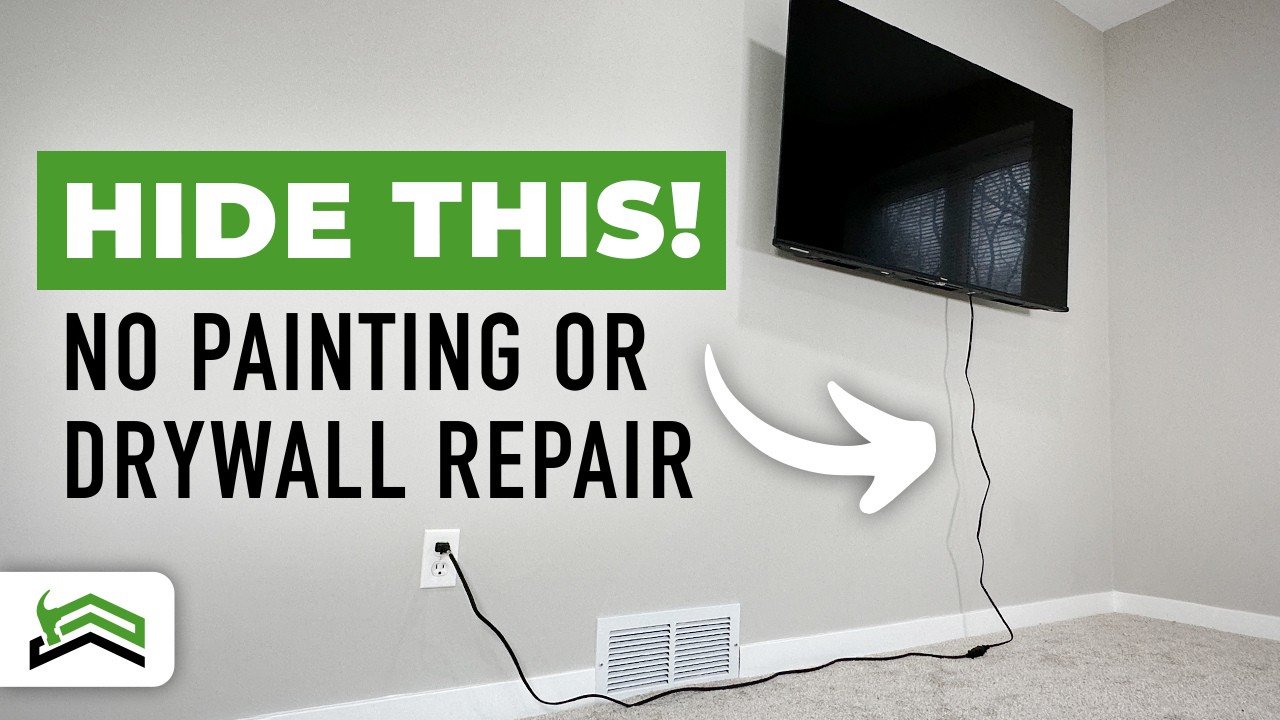Cara buat stop kontak canggih tanpa listrik PLN, sangat berguna saat mati lampu
Summary
TLDRIn this video, the creator demonstrates how to build a smart electrical outlet that powers devices without relying on the PLN power grid. Using a repurposed transformer from an old Nokia phone charger, a TIP41 NPN transistor, and other components like resistors and diodes, the creator assembles the device step by step. The process involves careful soldering and wiring, along with explanations on how each part functions. The result is a functional outlet that can power lamps and devices from an alternative power source, perfect for anyone interested in DIY electronics and energy solutions.
Takeaways
- 😀 The project involves creating a smart power socket that can power a lamp without using traditional electricity from PLN.
- 😀 The materials used include a newly bought power socket, a used transformer from an old Nokia phone charger, a TIP41 NPN transistor, a 4007 diode, and a 100k resistor.
- 😀 The process starts by opening the power socket and preparing the transformer, which is fixed in place using hot glue to prevent movement during use.
- 😀 The TIP41 NPN transistor is soldered to specific points, with attention given to the emitter, base, and collector connections.
- 😀 A diode is used in the circuit, with the anode connected to the base and the cathode to the emitter of the transistor.
- 😀 A 100k resistor is placed between the primary side of the transformer and the base of the transistor to ensure proper feedback.
- 😀 The secondary side of the transformer is connected to the power socket terminals to act as the output for powering the lamp.
- 😀 After wiring the components, the system is tested by connecting a power bank, and various lamps (9W and 10W) are tested to check if they light up.
- 😀 The power socket is tested by powering it through the modified transformer, and the lights are successfully turned on without conventional PLN electricity.
- 😀 The final step includes securing all components, ensuring the wiring is neat, and closing the power socket cover, followed by testing the functionality of the modified socket.
- 😀 Viewers are encouraged to like, comment, and subscribe for more videos related to DIY electronics projects like this one.
Q & A
What is the purpose of this tutorial?
-The tutorial demonstrates how to create a modified electrical socket capable of powering a lamp without relying on electricity from the PLN (state-run electricity provider).
What materials are used in this project?
-The project uses a new electrical socket, a transformer from an old Nokia phone charger, a TIP41 NPN transistor, a 1N4007 diode, a 100k resistor, and some basic tools like soldering equipment and hot glue.
How is the transformer from an old Nokia phone charger repurposed?
-The transformer is used to step down the voltage to a level that can power a lamp without needing the usual PLN power source. It is mounted inside the electrical socket, with connections made to the transistor and other components.
Why is hot glue used in the assembly process?
-Hot glue is used to secure the components inside the socket, ensuring they stay in place during use and preventing them from shifting around.
What is the role of the TIP41 NPN transistor in this circuit?
-The TIP41 NPN transistor acts as a switch in the circuit. It controls the flow of current to the lamp, turning it on or off depending on the input from the transformer.
What is the function of the 1N4007 diode?
-The 1N4007 diode is used to protect the circuit by allowing current to flow in one direction, preventing any potential damage from reverse current.
How are the connections made to the transformer?
-The collector of the TIP41 transistor is connected to the primary side of the transformer, while the base of the transistor is connected to the feedback leg of the transformer. The emitter is positioned away from other parts of the socket.
What does the 100k resistor do in the circuit?
-The 100k resistor is used to control the current flow in the circuit, ensuring the proper functioning of the transistor and preventing excessive current from flowing through the transformer.
How are the output wires connected to the socket?
-The output wires, which will power the lamp, are connected to the secondary terminals of the transformer. One wire is connected to the center pin of the secondary, while the other is connected to the feedback pin.
What is the final step in assembling the modified socket?
-The final step is to carefully arrange and secure the cables, trim any excess wires or components, and then close the socket with its cover. Once everything is assembled, the socket is ready for testing with a lamp.
Outlines

此内容仅限付费用户访问。 请升级后访问。
立即升级Mindmap

此内容仅限付费用户访问。 请升级后访问。
立即升级Keywords

此内容仅限付费用户访问。 请升级后访问。
立即升级Highlights

此内容仅限付费用户访问。 请升级后访问。
立即升级Transcripts

此内容仅限付费用户访问。 请升级后访问。
立即升级浏览更多相关视频

SETELAH NONTON PASTI SEMUA PENGEN BUAT STOP KONTAK CANGGIH TANPA KABEL !!

How To Hide TV Power Cord And Cables | Easy Way To Move An Outlet

Cara Kerja Rangkaian AMF Automatic Main Failure PLN ke GENSET

COMO FAZER UM CAPACITOR CASEIRO QUE DÁ CHOQUE

Cara Membuat Rangkaian Panel Starter Genset AMF Automatic Main Failure

HOW TO INSTALL A GFCI OUTLET
5.0 / 5 (0 votes)
